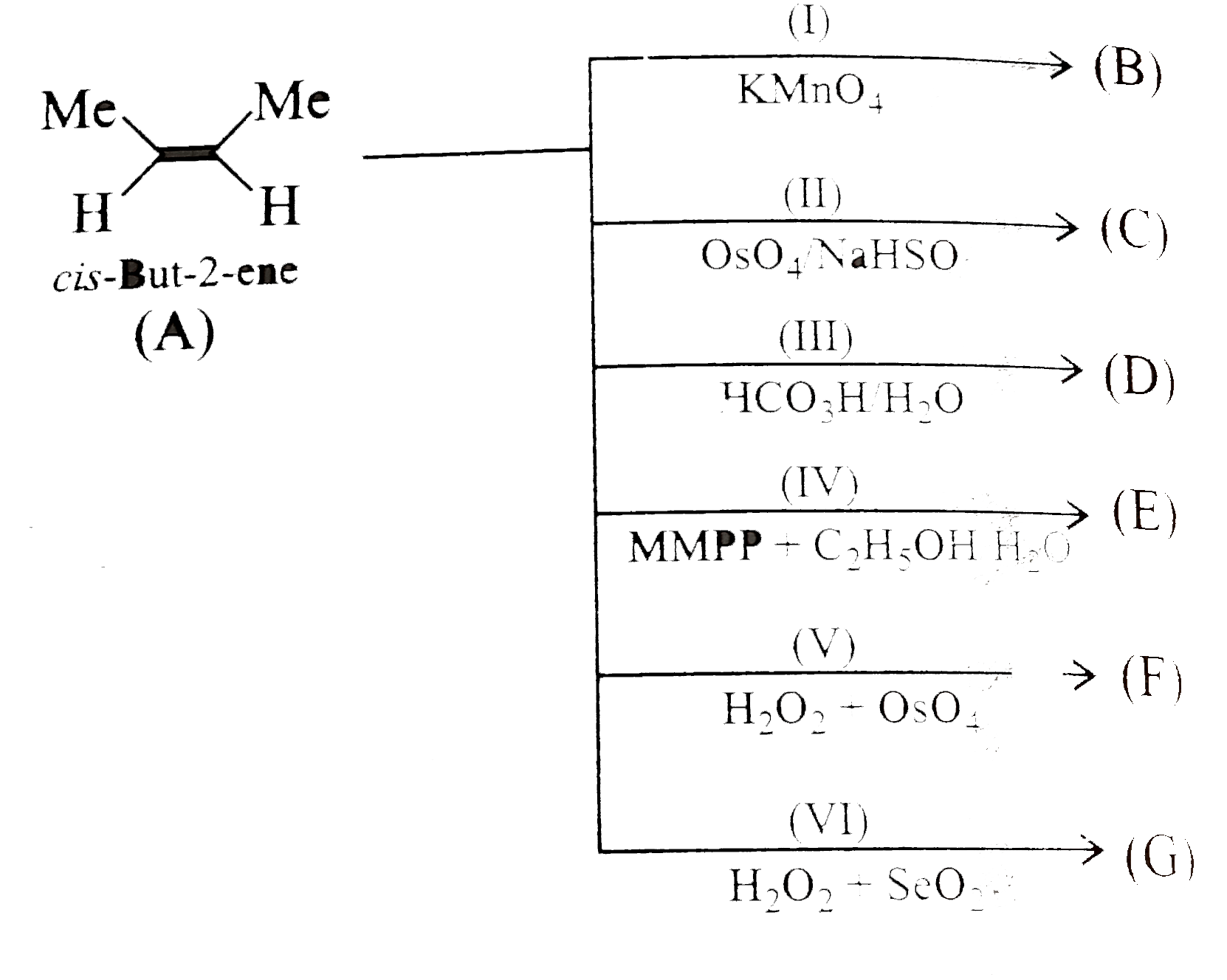Which of the following is/are aerosols?
Smoke
Milk
Butter
Fog
The correct Answer is:A, D
To determine which of the given options are aerosols, we need to understand the definition of aerosols and analyze each option accordingly.
1. Understanding Aerosols:
- Aerosols are colloidal systems where the dispersion medium is a gas, and the dispersed phase can be either solid or liquid.
2. Analyzing the Options:
- Option 1: Smoke
- Dispersion Medium: Gas (air)
- Dispersed Phase: Solid particles (carbon, ash, etc.)
- Conclusion: Smoke fits the definition of an aerosol. (Correct)
- Option 2: Milk
- Dispersion Medium: Liquid (water)
- Dispersed Phase: Liquid (fat globules)
- Conclusion: Milk is an emulsion, not an aerosol. (Incorrect)
- Option 3: Butter
- Dispersion Medium: Liquid (water)
- Dispersed Phase: Liquid (fat)
- Conclusion: Butter is also an emulsion, not an aerosol. (Incorrect)
- Option 4: Fog
- Dispersion Medium: Gas (air)
- Dispersed Phase: Liquid (tiny water droplets)
- Conclusion: Fog fits the definition of an aerosol. (Correct)
3. Final Conclusion:
- The options that are aerosols are Smoke and Fog.
Summary of Correct Options:
- Correct Answers: Smoke and Fog
- Aerosols are colloidal systems where the dispersion medium is a gas, and the dispersed phase can be either solid or liquid.
- Option 1: Smoke
- Dispersion Medium: Gas (air)
- Dispersed Phase: Solid particles (carbon, ash, etc.)
- Conclusion: Smoke fits the definition of an aerosol. (Correct)
- Option 2: Milk
- Dispersion Medium: Liquid (water)
- Dispersed Phase: Liquid (fat globules)
- Conclusion: Milk is an emulsion, not an aerosol. (Incorrect)
- Option 3: Butter
- Dispersion Medium: Liquid (water)
- Dispersed Phase: Liquid (fat)
- Conclusion: Butter is also an emulsion, not an aerosol. (Incorrect)
- Option 4: Fog
- Dispersion Medium: Gas (air)
- Dispersed Phase: Liquid (tiny water droplets)
- Conclusion: Fog fits the definition of an aerosol. (Correct)
- The options that are aerosols are Smoke and Fog.
- Correct Answers: Smoke and Fog
Topper's Solved these Questions
- SURFACE CHEMISTRYBook:CENGAGE CHEMISTRY ENGLISHChapter:SURFACE CHEMISTRYExercise:Exercises Single Correct
Explore 52 Videos
- SURFACE CHEMISTRYBook:CENGAGE CHEMISTRY ENGLISHChapter:SURFACE CHEMISTRYExercise:Single Correct Answer Type
Explore 2 Videos
- SURFACE CHEMISTRYBook:CENGAGE CHEMISTRY ENGLISHChapter:SURFACE CHEMISTRYExercise:Exercises Link Comprehension
Explore 37 Videos
- SOLUTIONSBook:CENGAGE CHEMISTRY ENGLISHChapter:SOLUTIONSExercise:Ex 2.3 (Objective)
Explore 9 Videos
- SYNTHETIC AND NATURAL POLYMERSBook:CENGAGE CHEMISTRY ENGLISHChapter:SYNTHETIC AND NATURAL POLYMERSExercise:Exercises Assertion Reasoning
Explore 10 Videos
Similar Questions
Knowledge Check
Which of the following are possible intermediate in the following reaction?
 A
A B
B C
C D
D
Which of the following reactions follows Markovnikov's rule?
AC2H4+HBrBC3H6+Cl2CC3H6+HBrDC3H6+Br2
Which of the following is/are not the products in the following reaction?

View SolutionWhich of the following is correct about the following compound

View SolutionConsider the following reactions :

Which of the following are stereospecific reactions ?
View SolutionConsider the following reactions :

Which of the following are stereospecific reactions ?
View SolutionWhich of the following reactions follows concerted mechanism ?
View SolutionWhich of the following are low spin complexes which follow EAN rule?
View Solution